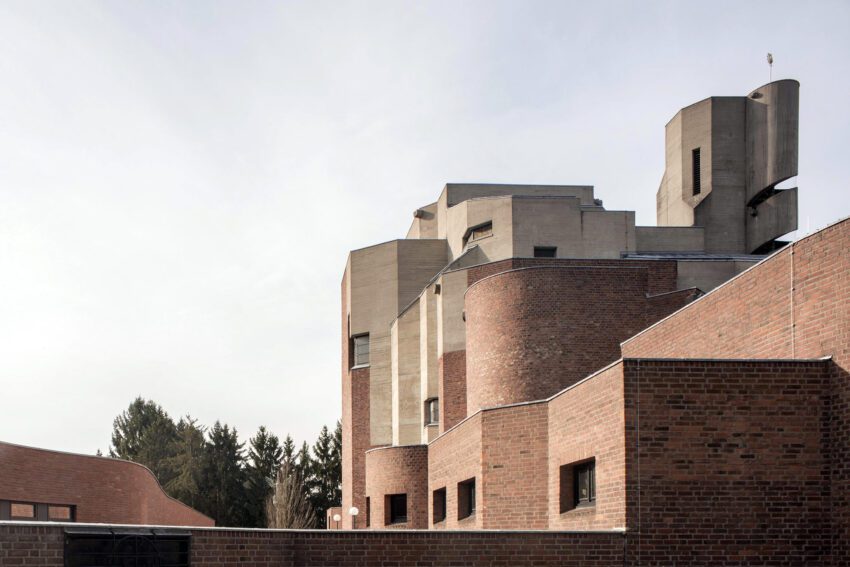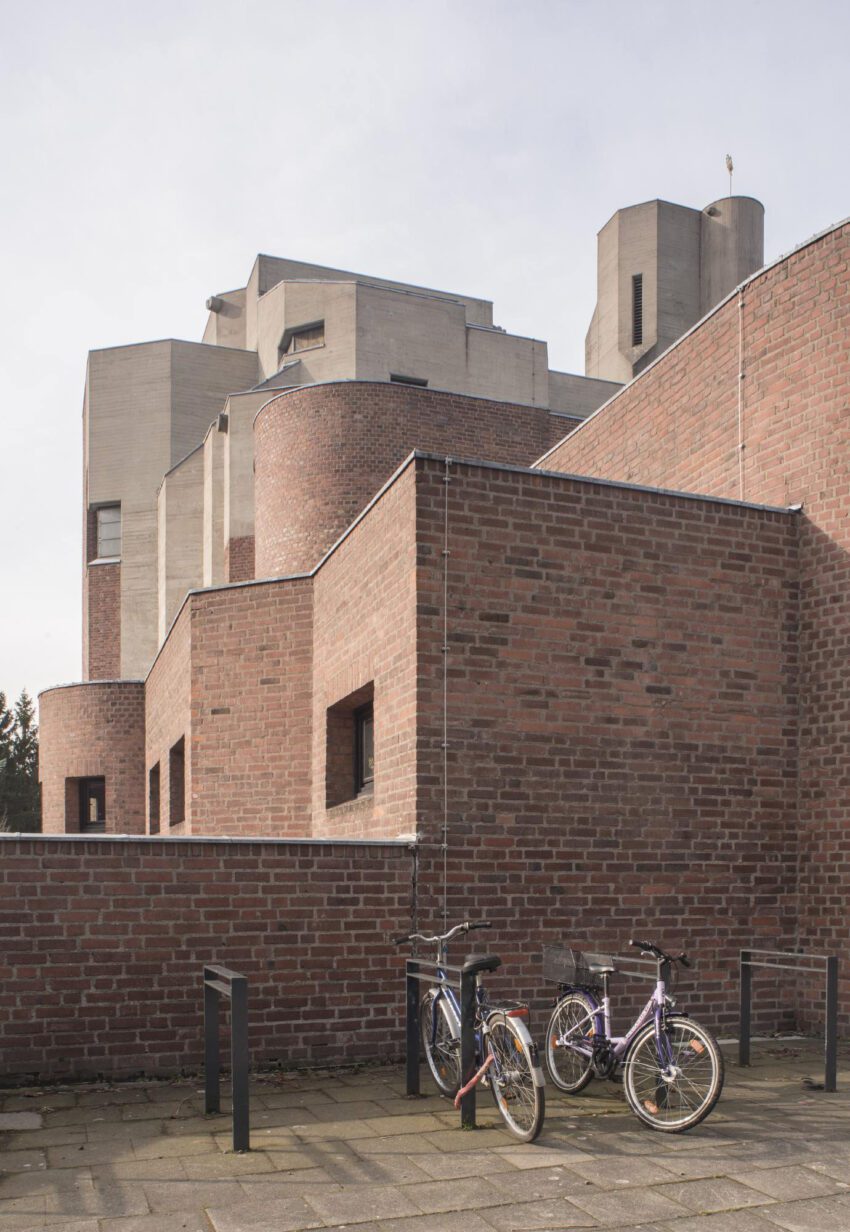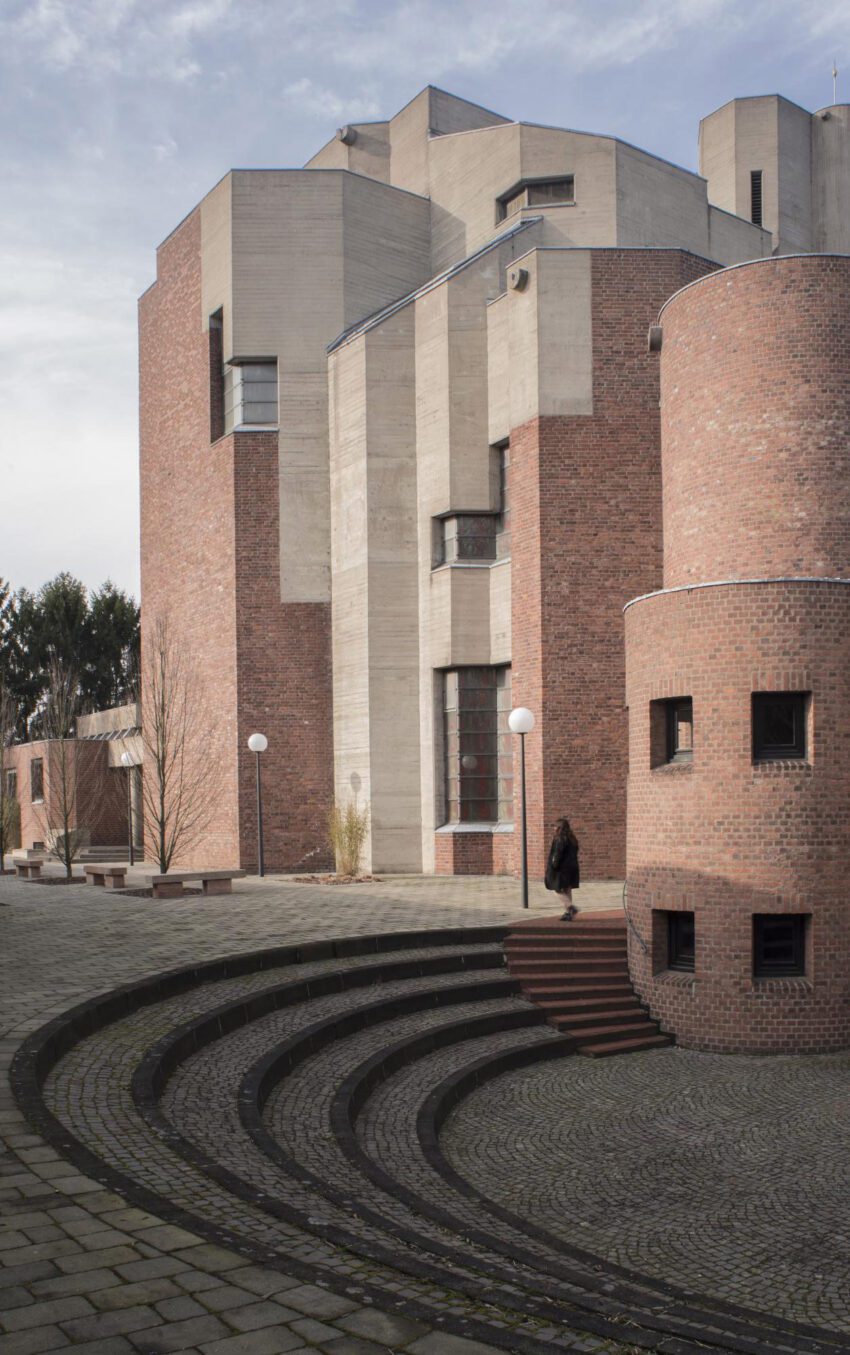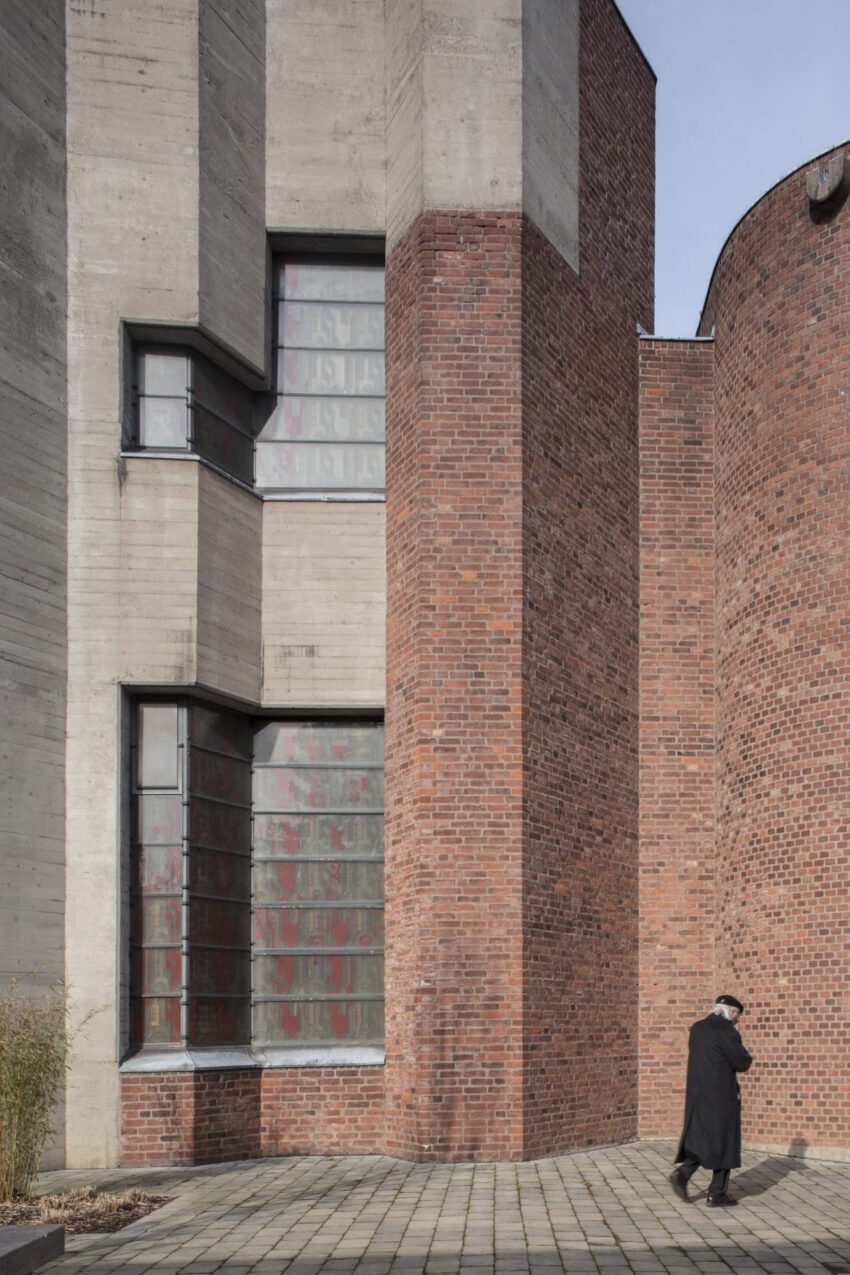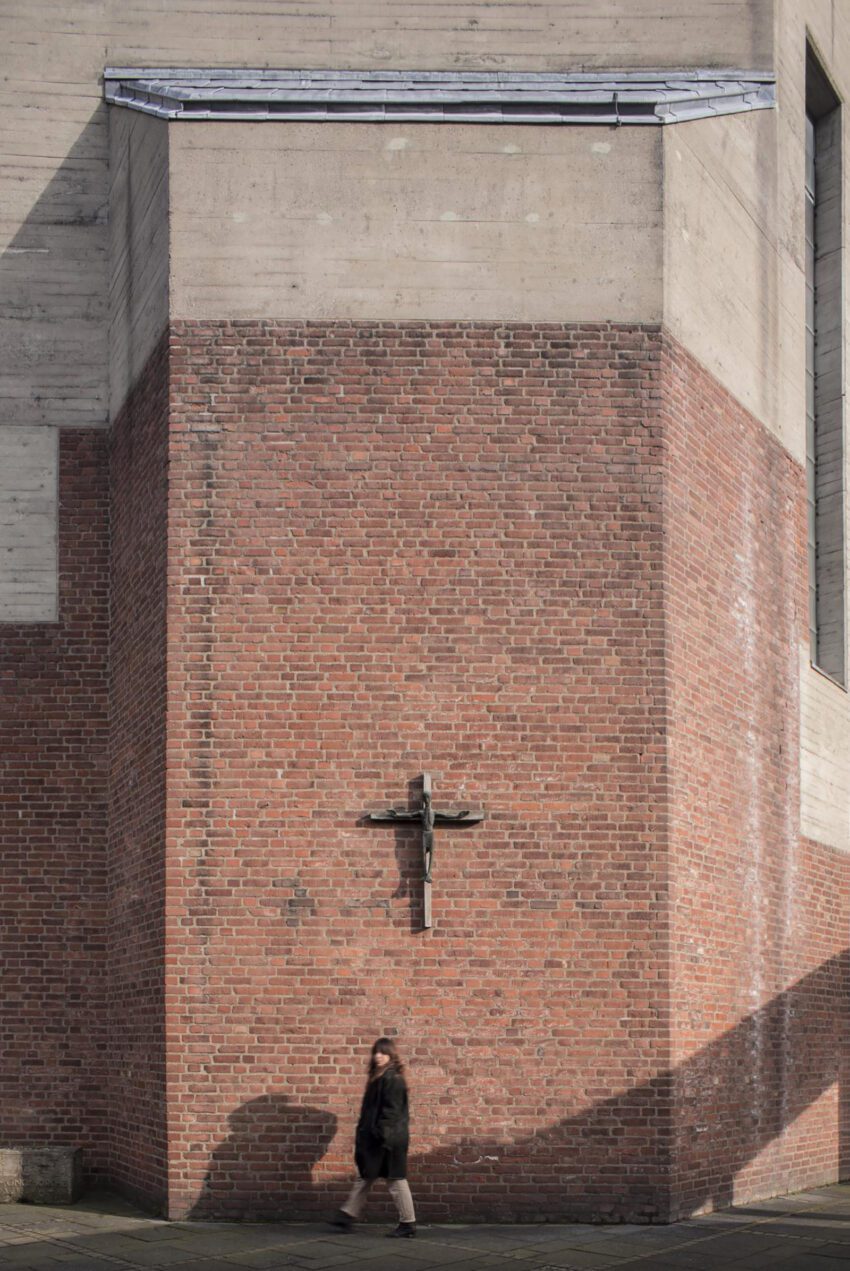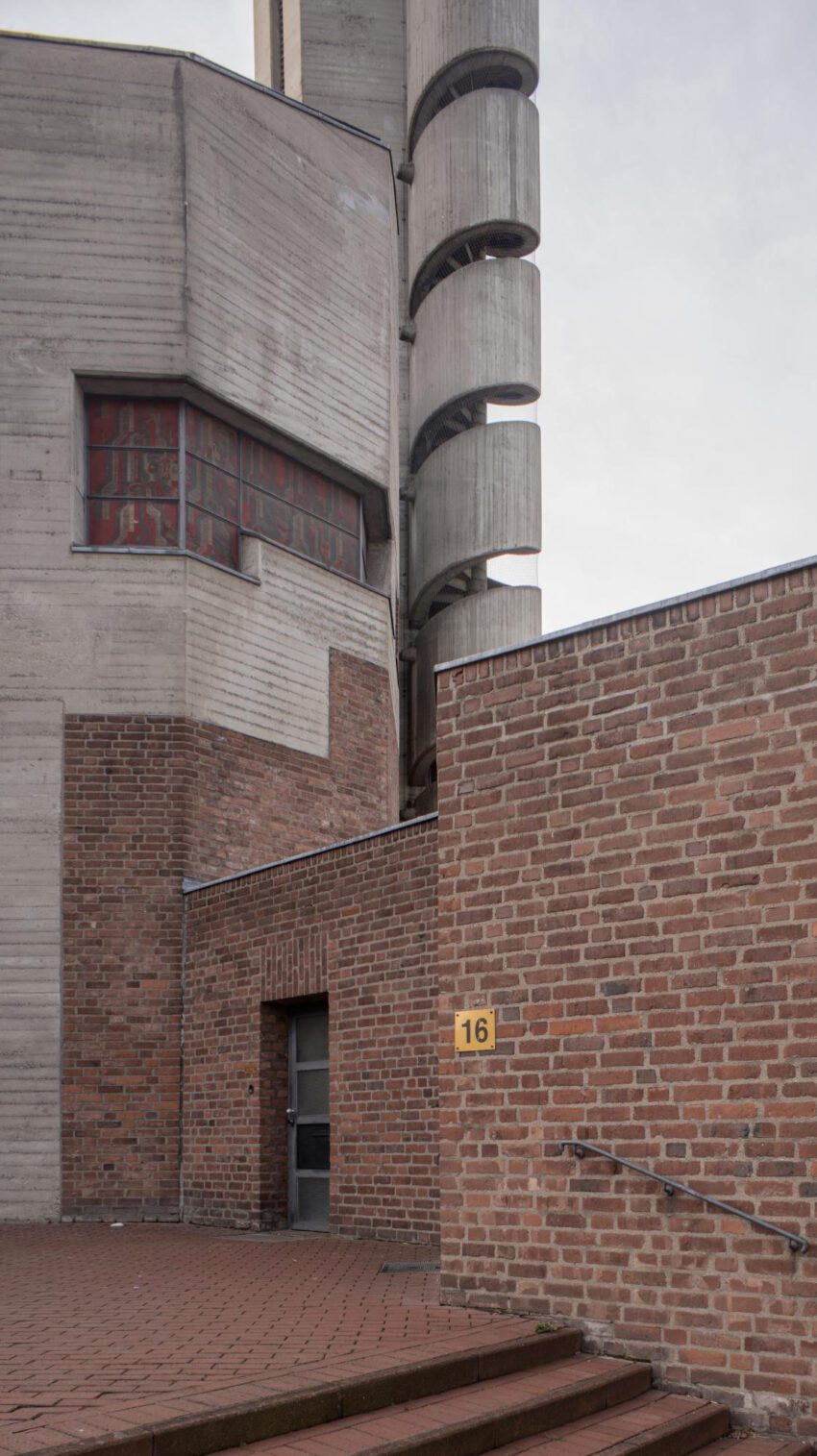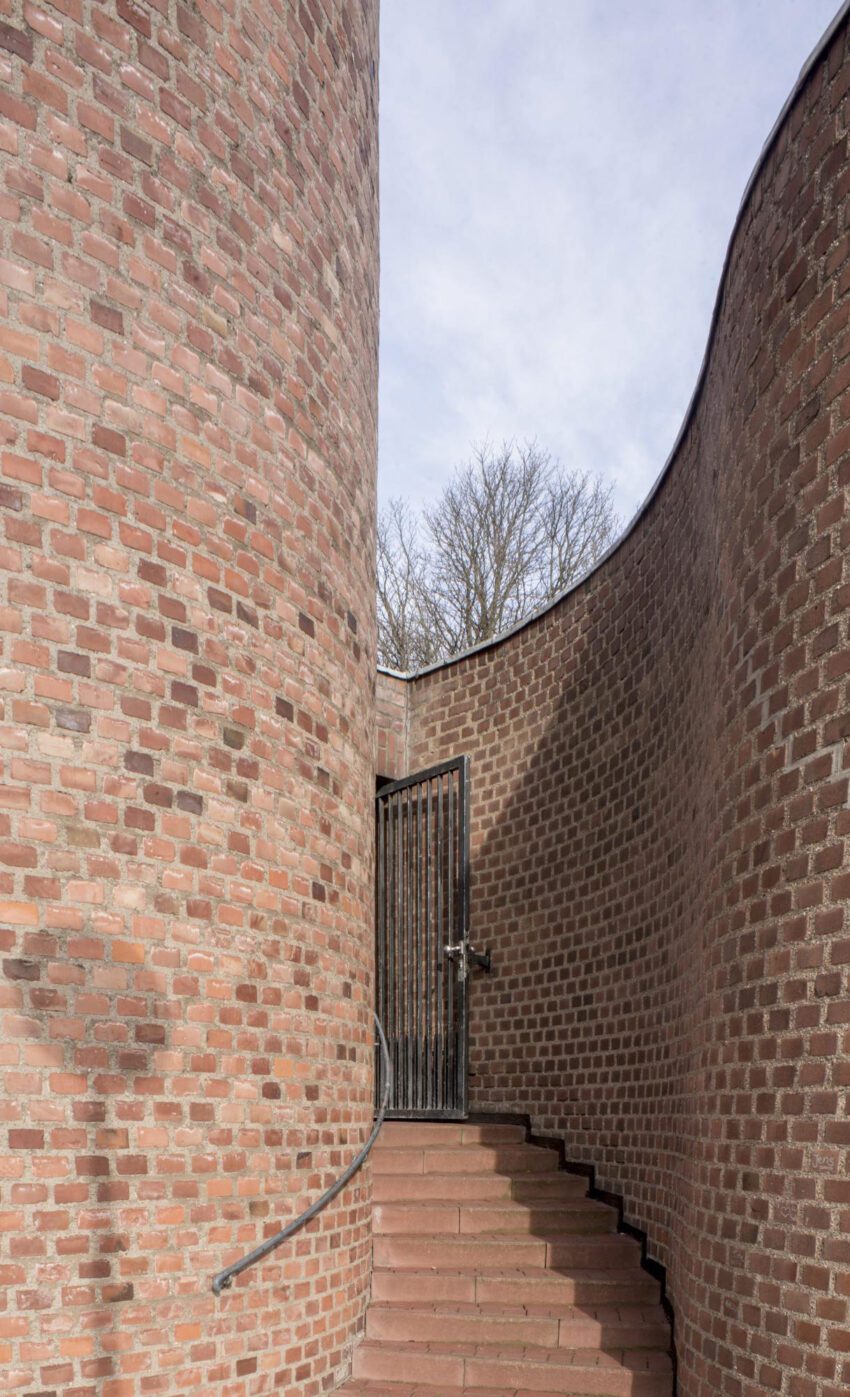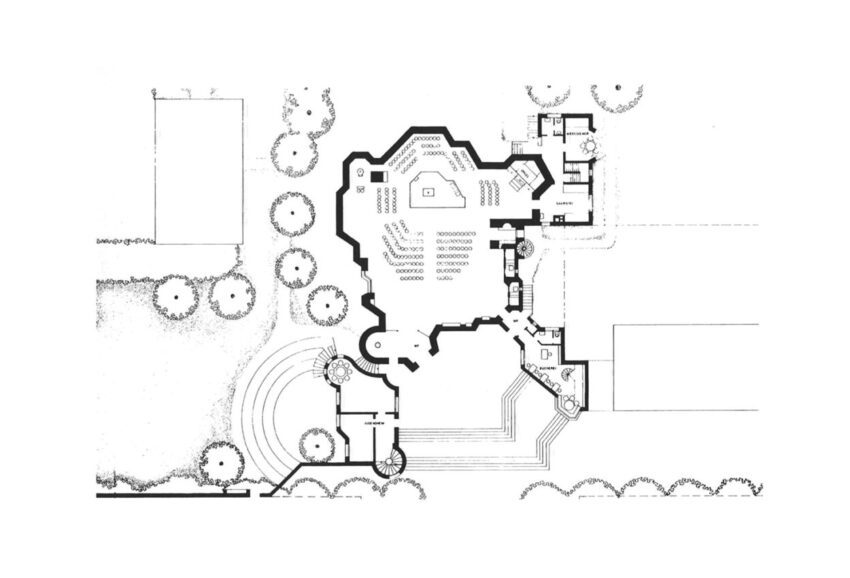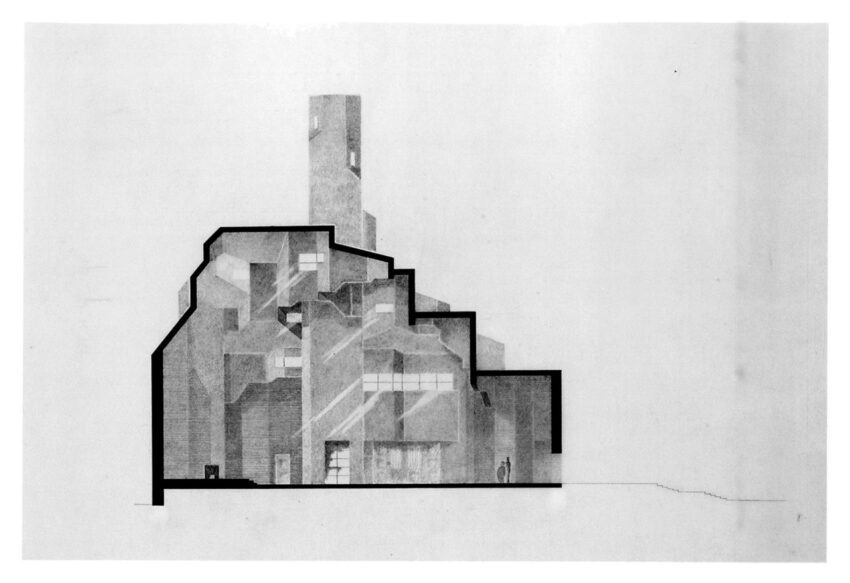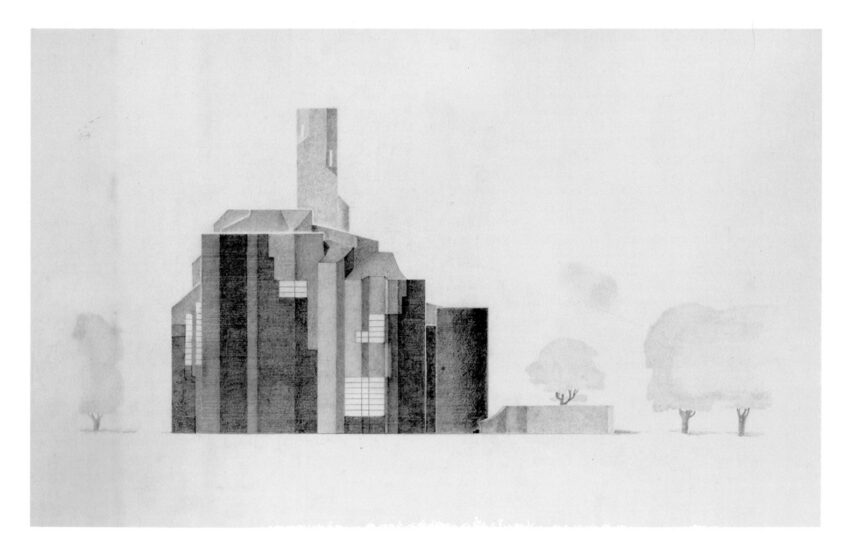Gottfried Böhm, a renowned German architect, brought a new dynamism to architectural design with his distinctive style that sought to enrich the human experience. A testament to his talent is the Christi Auferstehung Church in Cologne’s district of Lindenthal, a prime example of Böhm’s innovative sculptural structures. This church was built between 1968-1970 and later consecrated in 1971, showcasing a striking departure from the conventional notions of architectural design.
Christi Auferstehung Church Technical Information
- Architects: Gottfried Böhm
- Location: Cologne, Germany
- Topics: Sacred Spaces, Brutalism
- Project Year: 1968 – 1970
- Photographs: © Lorenzo Zandri
Gottfried Böhm likes his buildings “rich”, he wants them to “say something to the eye”. He achieves this by using a variety of materials and through light, which, owing to the glowing red of many of his church windows, creates a soft interior lighting. The windows of the Church of the Resurrection of Christ are dark blood-red in order to lend the attractive interior (reminiscent of the churches by Swiss architect Walter Förderer), a vibrant warmth. The perforated brick walls that serve to improve the acoustics and resemble lace embroidery, swallow the daylight, meager as it is, that seeps in through a few high, narrow windows and blacken the room according to the level of the lights.
– Ingeborg Flagge1
Christi Auferstehung Church Photographs
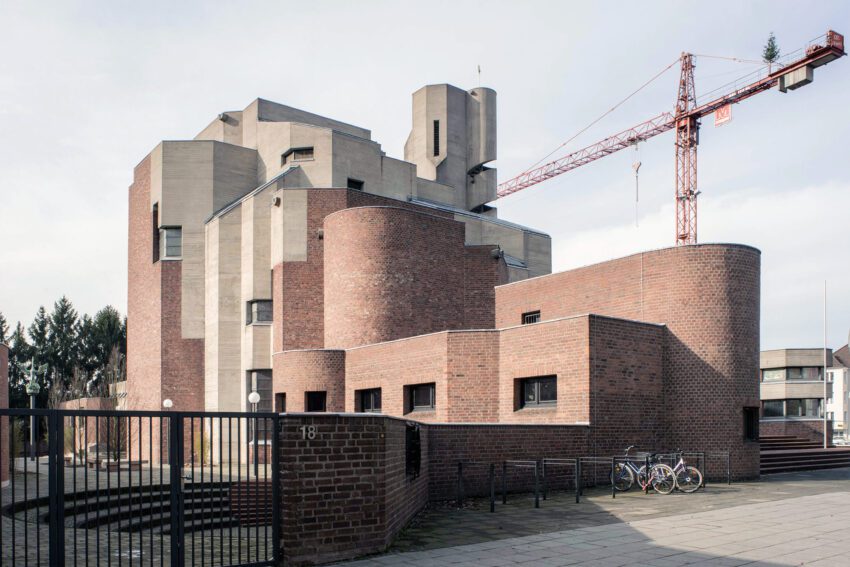
The Interplay of Material and Light
Christi Auferstehung, replacing the original church designed by Franz Schneider that suffered irreparable war damage, integrates two seemingly contrasting materials in a fashion that defies traditional tectonic logic. Böhm, in a marked departure from his usual use of uniform materials, blended brick with the concrete commonly found in his work. The brick, typically utilized for external spaces, ascends the façades with its unique logic, creating a lively interplay with the concrete volumes. The result is a captivating blend of materials, generating the impression of a dynamic movement frozen in time.
The church is situated at the vanishing point of a small canal that stretches in an east-west direction from the Aachener Weiher towards the city forest, punctuated by an avenue of old trees. This captivating location, combined with the church’s irregular polygonal shape, creates an awe-inspiring focal point for the surrounding landscape. Böhm’s design is further distinguished by a slender spiral stair tower that dominates the northwest corner of the building, a unique feature that adds a dramatic dimension to the structure.
Internally, Christi Auferstehung Church exhibits a cave-like atmosphere, with the reddish brick walls and curving design creating many nested nooks. These spaces each cater to a different liturgical task, from a side chapel on the left of the main altar to an intimate oratory for private prayers on the right. However, the most dominant feature is the ceiling construction, where heavy concrete columns branch up to a narrow vault, reaching its maximum height above the altar. This intricate design generates a sense of dynamic weight and movement, enhancing the overall spiritual experience.
Much of the church’s richness and visual ‘conversation’ stems from Böhm’s use of various materials and his masterful manipulation of light. As architecture critic Ingeborg Flagge notes, Böhm’s edifices are “rich” and designed to “say something to the eye”. His passion for creating engaging visual narratives is clearly exemplified in the Christi Auferstehung Church. Here, the blood-red windows instill a vibrant warmth within the interior, subtly echoing the intricate designs found in Swiss architect Walter Förderer’s churches. Simultaneously, the perforated brick walls, resembling lace embroidery, absorb the scarce daylight that filters through the high, narrow windows, thereby altering the room’s atmosphere based on the light’s intensity.
Böhm shares Frank Lloyd Wright’s dislike of white geometries and transparent shells in architecture. According to [Gerhard] Auer, vitalizing light seeks to “invigorate the material (…) It derives diversity from twilight states, makes use of the indistinct (…) It inspires the soul rather than our mind, it trusts spontaneous sensual perceptions more than the intellect (…) It has always served archaic myths and rites (…) it is the light of the Romanticism, of Art Nouveau.“
– Ingeborg Flagge1
The Christi Auferstehung Church exemplifies Gottfried Böhm’s unique architectural style, where materials and light are not mere construction elements but become part of a larger narrative that ‘speaks’ to the visitor. This church serves not only as a place of worship but also as a testament to Böhm’s revolutionary approach to architectural design.
Christi Auferstehung Church Plans
Christi Auferstehung Church Image Gallery
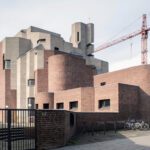

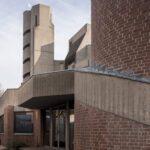


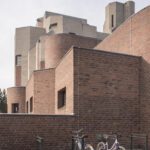
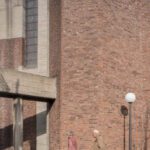
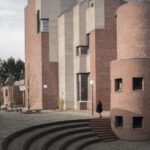




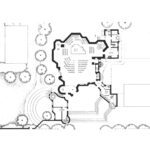
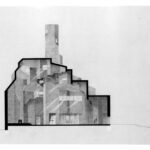
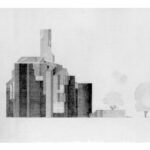
About Gottfried Böhm
Gottfried Böhm (1920 – 2021) was a distinguished German architect and sculptor known for his significant contribution to post-war architecture. Born into a family of architects and deeply influenced by his father, Dominikus Böhm, a notable church architect, Böhm eventually took over his father’s firm in 1955 after studying at the Technical University of Munich and serving in World War II. His architectural style, marked by a unique blend of modernist, historical, and vernacular influences, often saw the use of concrete and brick to create distinctive sculptural forms, pushing beyond traditional architectural boundaries. His renowned works include the Church of the Pilgrimage in Neviges, the Maria, Königin des Friedens church in Velbert, and the Christi Auferstehung Church in Cologne. In 1986, Böhm received the prestigious Pritzker Architecture Prize, becoming the first German architect to achieve this honor, and continued to be an influential figure in German architecture until his death in 2021.
Notes & Additional Credits
- Gottfried Böhm by Gottfried Böhm, Wolfgang Voigt, Gabiele Wiesemann, Wolfgang Pehnt, Manfred Speidel, Ingeborg Flagge, Ulrich Krings, Georg Feinhals, Karl Kiem

